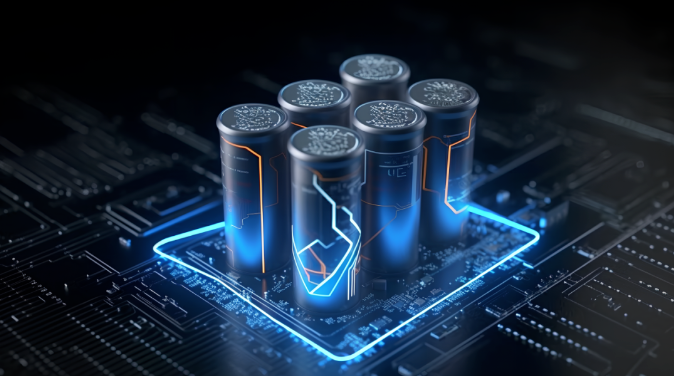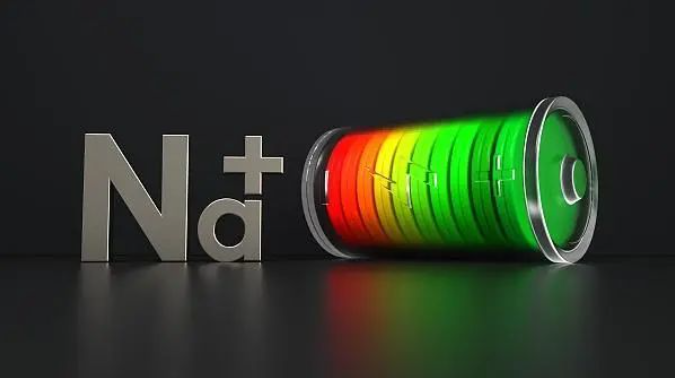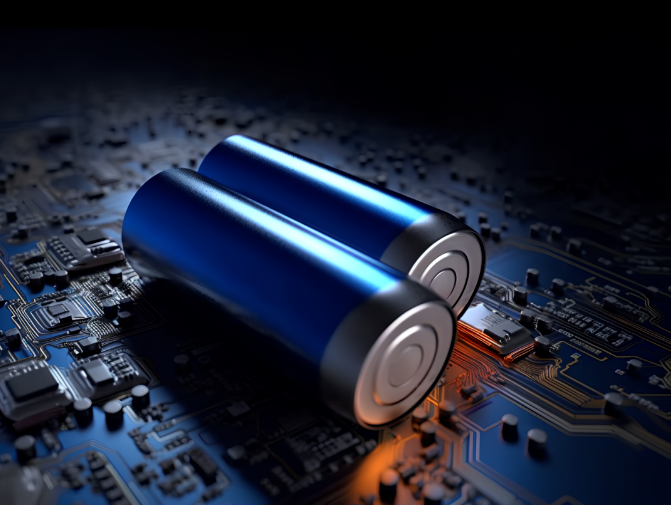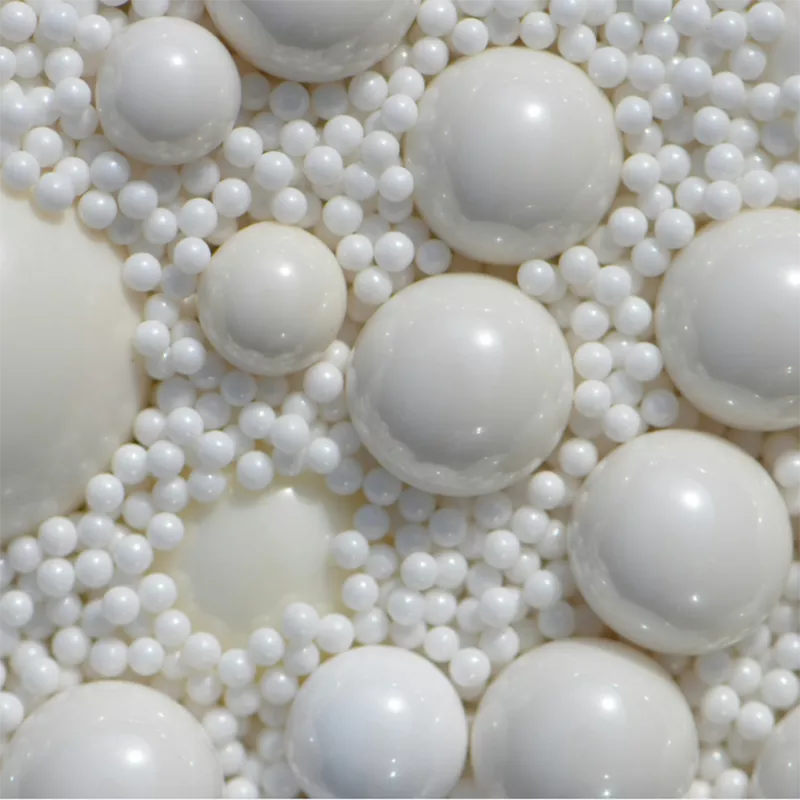With the rapid development of technology and the significant improvement of people's living standards, electronic products have penetrated deeply into people's daily lives. From portable smart devices to large electric transportation tools, all show the powerful strength of technology. The smooth operation of these high-tech devices is inseparable from efficient and stable battery technology as energy support. Among them, since the commercialization of lithium-ion batteries in 1991, they have quickly occupied a core position in the fields of computers, communications, networks, and consumer electronics (4C) with their excellent performance, and have shown a strong growth trend in the field of electric vehicles.

However, as the global energy storage market's demand for secondary batteries continues to increase, lithium-ion batteries are facing the challenges of limited lithium resources and uneven distribution, which limits their further expansion in multiple fields. Therefore, exploring and developing new energy storage battery technologies has become the consensus and urgent need of the industry.
In this context, sodium-ion batteries, with their advantages of abundant resources, low manufacturing costs, and excellent comprehensive performance, have gradually stepped onto the stage, providing a feasible solution to alleviate the supply and demand contradiction caused by the shortage of lithium resources. As an effective supplement to lithium-ion batteries, sodium-ion batteries are expected to play a key role in the new energy storage field, promote the diversified development of energy storage technology, and contribute to building a more green and sustainable energy system. In the future, with the continuous maturity of technology and the further reduction of costs, sodium-ion batteries are expected to be widely used in multiple fields and open a new chapter in energy storage technology.

Even before scientists officially explored sodium ions as a medium for electricity transmission and storage, French writer Jules Verne had foreseen the potential form of sodium-ion batteries with his advanced imagination in his 1870 science fiction novel "Twenty Thousand Leagues Under the Sea." He conceived in the book the use of the ocean as an infinite source of sodium to achieve a sustainable energy cycle. Although this fictional scene is a literary creation, it coincides with the development trajectory of future technology.
Since Ford Company in the United States developed high-temperature sodium-sulfur batteries in 1968, the development of sodium-ion batteries has gone through twists and turns but never stopped. In 2003, NGK Company in Japan successfully commercialized high-temperature sodium-sulfur batteries, marking a major leap in sodium-ion battery technology. By 2018, the world's first low-speed electric vehicle equipped with sodium-ion batteries came out, pushing this cutting-edge technology from the laboratory to the public eye and officially integrating it into people's daily lives.
Today, as an important secondary battery, sodium-ion batteries have a working principle similar to that of lithium-ion batteries. Sodium ions shuttle back and forth between the positive and negative electrodes to realize the storage and release of electrical energy. This mechanism shows the scientific charm of sodium-ion batteries and also indicates their broad application prospects in the future energy storage field.

Compared with lithium-ion batteries, sodium-ion batteries have significant advantages:
Abundant resources: Sodium is the sixth most abundant element in the earth's crust, with even resource distribution and low cost.
Production compatibility: Sodium-ion batteries have similar working principles to lithium-ion batteries, and production processes and equipment can be compatible.
Excellent rate performance: Sodium batteries have higher ionic conductivity and lower solvation energy.
Wide temperature operating range: Sodium-ion batteries can work normally in the temperature range of -40°C to 80°C, and the capacity retention rate exceeds 90% at -20°C.
High safety: Sodium-ion batteries do not catch fire or explode in overcharge, overdischarge, short circuit, drop, and crush tests and can be discharged to 0 volts.
Cost advantage: The price of sodium carbonate is much lower than that of lithium carbonate, and both the positive and negative electrodes of sodium batteries use aluminum foil, further reducing production costs.
Although sodium-ion batteries have many advantages, they still face several challenges on the road to full commercialization:
Insufficient energy density: The larger atomic mass of sodium leads to lower mass energy density and volume energy density of sodium-ion batteries than lithium-ion batteries. To make up for this deficiency, battery performance needs to be improved through innovative design of the material system.
Poor cycle performance: The cycle times of sodium-ion batteries are about 1500 times, which is significantly lower than that of lithium iron phosphate batteries and ternary lithium batteries. To be applied in the energy storage field, the cycle times need to be increased to tens of thousands of times.
Safety issues: Although sodium-ion batteries have certain advantages in safety, the electrolyte is flammable, and the growth of sodium dendrites on the negative electrode may cause a short circuit. Therefore, improvements need to be made in negative electrode materials and electrolytes to enhance the safety of the battery.
Cost advantage not fully manifested: Although sodium-ion batteries have an advantage in material costs, their industry is not yet mature. Compared with lithium iron phosphate batteries with lower costs, the cost advantage of sodium-ion batteries has not been fully reflected.
In the production process of sodium-ion batteries, zirconia beads (ZrO2 beads) play a crucial role as an important grinding medium. Due to their excellent physical and chemical properties, zirconia beads are widely used in the preparation process of sodium-ion battery materials.

High hardness and toughness: Zirconia beads have very high hardness and toughness, and can maintain their shape and size stability without being easily broken in a high-energy grinding environment. This enables it to still provide stable grinding effects during long grinding processes.
Strong wear resistance: Zirconia beads have excellent wear resistance and will not be easily worn or deformed, thereby prolonging the service life of grinding equipment and reducing production costs.
Good chemical stability: Zirconia beads show extremely high chemical stability in acids, alkalis and other chemical substances and will not react with the grinding materials, ensuring the purity and performance of sodium-ion battery materials.
High density: The density of zirconia beads is relatively high. In the grinding process, it can generate greater energy transfer and improve the grinding efficiency of materials, helping to obtain finer and more uniform particles.
In the production process of sodium-ion batteries, the preparation of electrode materials is crucial. The particle size, uniformity, and surface characteristics of electrode materials directly affect the performance of batteries, such as energy density, cycle life, and safety.
Refinement and homogenization of electrode materials: Zirconia beads can effectively refine the particle size of electrode materials to the nanometer level through high-energy grinding, thereby increasing the surface area and reaction activity of materials. A uniform particle size distribution helps optimize the electrochemical performance of the battery and improve the migration rate of sodium ions in the battery and the consistency of the battery.
Modification of material surface: During the grinding process, zirconia beads can effectively modify the material surface and improve the surface characteristics of the material. This modification can not only improve the electrochemical reaction activity of the material but also enhance its compatibility with the electrolyte, thereby improving the overall performance of the battery.
Improve battery safety: Zirconia beads can avoid battery safety issues caused by reduced material purity during the grinding process. High-purity electrode materials reduce unnecessary impurities, thereby reducing safety hazards during battery use, such as short circuits or thermal runaway.
Sodium-ion batteries have broad application prospects and are expected to be a powerful supplement to lithium-ion batteries and bring more convenience to people's lives. However, there are still many problems to be solved to achieve the widespread commercialization of sodium-ion batteries. From the perspective of application research, it is necessary to further optimize the manufacturing and assembly processes of battery components. More importantly, it is necessary to devote oneself to basic research and discover and understand the thermodynamic and kinetic processes that control the chemistry of these systems. Zirconia beads play a key role in the production of sodium-ion batteries. Through its excellent characteristics such as high hardness, wear resistance, chemical stability, and high density, zirconia beads can significantly improve the preparation efficiency and quality of sodium-ion battery electrode materials, thereby improving the performance and safety of batteries. With the continuous development of sodium-ion battery technology, the application of zirconia beads will further promote the industrialization process of this new battery technology. Society needs a more sustainable and green future. Let us work together to promote the development of sodium-ion batteries.

Submit your demand,
we will contact you ASAP.

Sanxin New Materials Co., Ltd. focus on producing and selling ceramic beads and parts such as grinding media, blasting beads, bearing ball, structure part, ceramic wear-resistant liners, Nanoparticles Nano Powder

